Cryptocurrencies, especially Bitcoin, have taken the world by storm, and with that rise comes the need for secure storage solutions. If you’ve dabbled in the crypto world, you’ve probably heard of hardware wallets.
But what exactly are they?
Are they really the safest way to store your Bitcoin and other cryptocurrencies? Can they be hacked? And what happens if you lose one? Stick around, because we’ll tackle these questions and more in this blog post.
Understanding Bitcoin Wallets: The Basics
Before diving into the specifics of hardware wallets, it’s crucial to understand how any Bitcoin wallet works. The term “Bitcoin wallet” can be misleading because a Bitcoin wallet doesn’t actually hold any Bitcoin.
Instead, a Bitcoin wallet is a software program that stores passwords, often referred to in cryptographic terms as keys. These keys give your wallet access to the Bitcoins allocated to it on the Bitcoin transaction ledger known as the blockchain.
Bitcoin Addresses and Private Keys
When you use a Bitcoin wallet, you encounter two important terms:
- Bitcoin Address: This is what you send to people who want to pay you in Bitcoin, similar to an email address.
- Private Key: This key allows you to access and control the Bitcoins you own. Think of it as the password to your email account.
Beyond holding your private key, the wallet also signs Bitcoin transactions on your behalf using your private key and broadcasts them to the Bitcoin network.
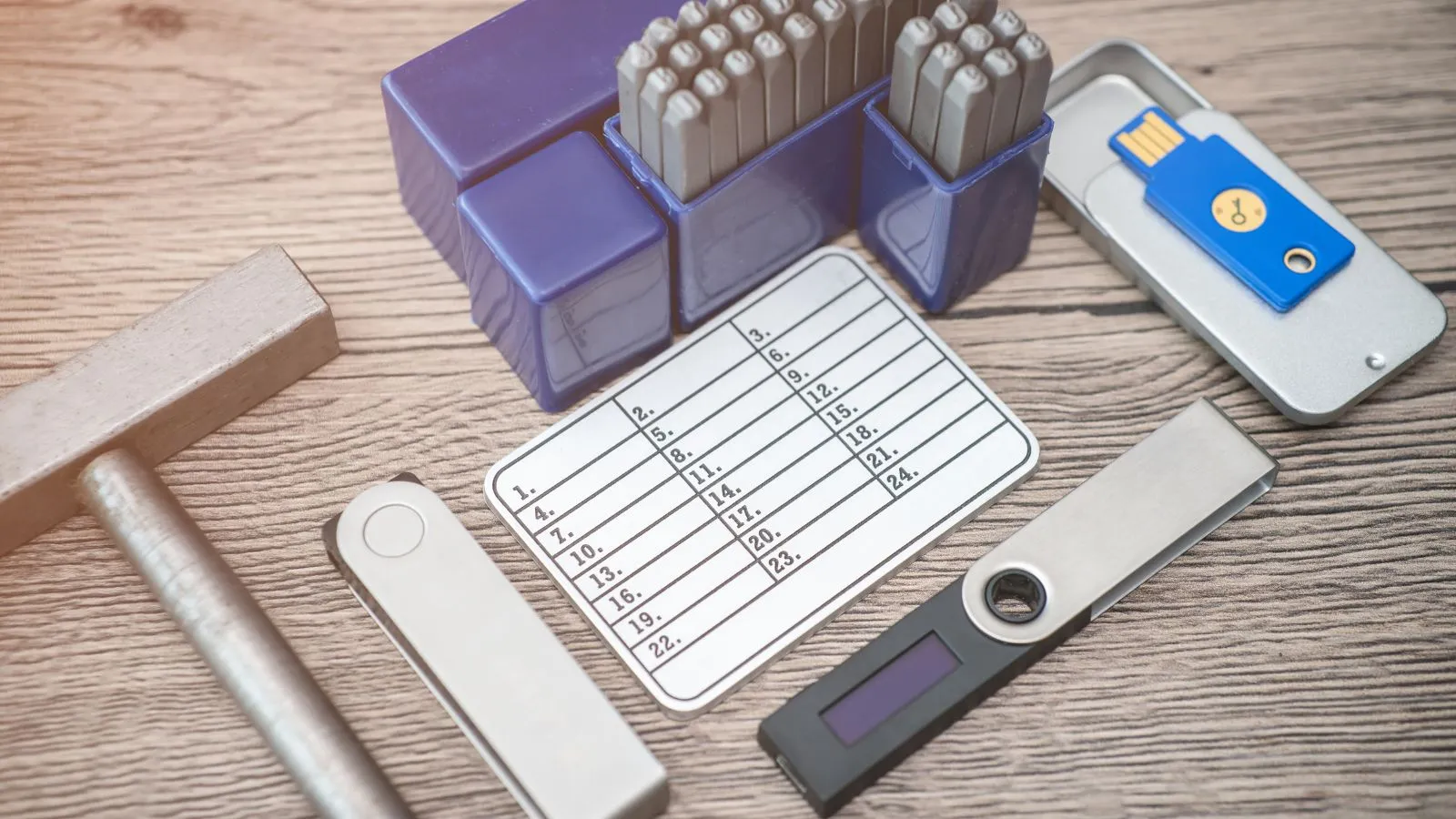
How Bitcoin Transactions Work
When you want to send Bitcoins to someone, you need to prove ownership of those Bitcoins to the network, so it agrees to update the ledger of transactions. Your Bitcoin wallet takes your requested transaction, signs it using your private key, and broadcasts this digital signature to the network.
A digital signature is a way to prove you own a certain private key without exposing it. This process involves complex mathematical rules known as cryptography, similar to signing a check to authorize the transfer of money from your account.
Why Consider a Hardware Wallet?
Why can’t a Bitcoin wallet just be software and be stored on the computer like any other software? The problem in this case is security. In case the computer on which you store the Bitcoin wallet is infected with the virus, then your private key will be exposed to hackers.
When your private key is compromised, your Bitcoins are not anymore in your possession; they can go anywhere the hacker wants them to go.
To avoid this, you have two options:
- Keep Your Computer Malware-Free: While this sounds simple, most viruses are either disguised as legitimate software or have ways to avoid detection by antivirus programs.
- Use a Wallet Immune to Malware: This is where hardware wallets come into play.
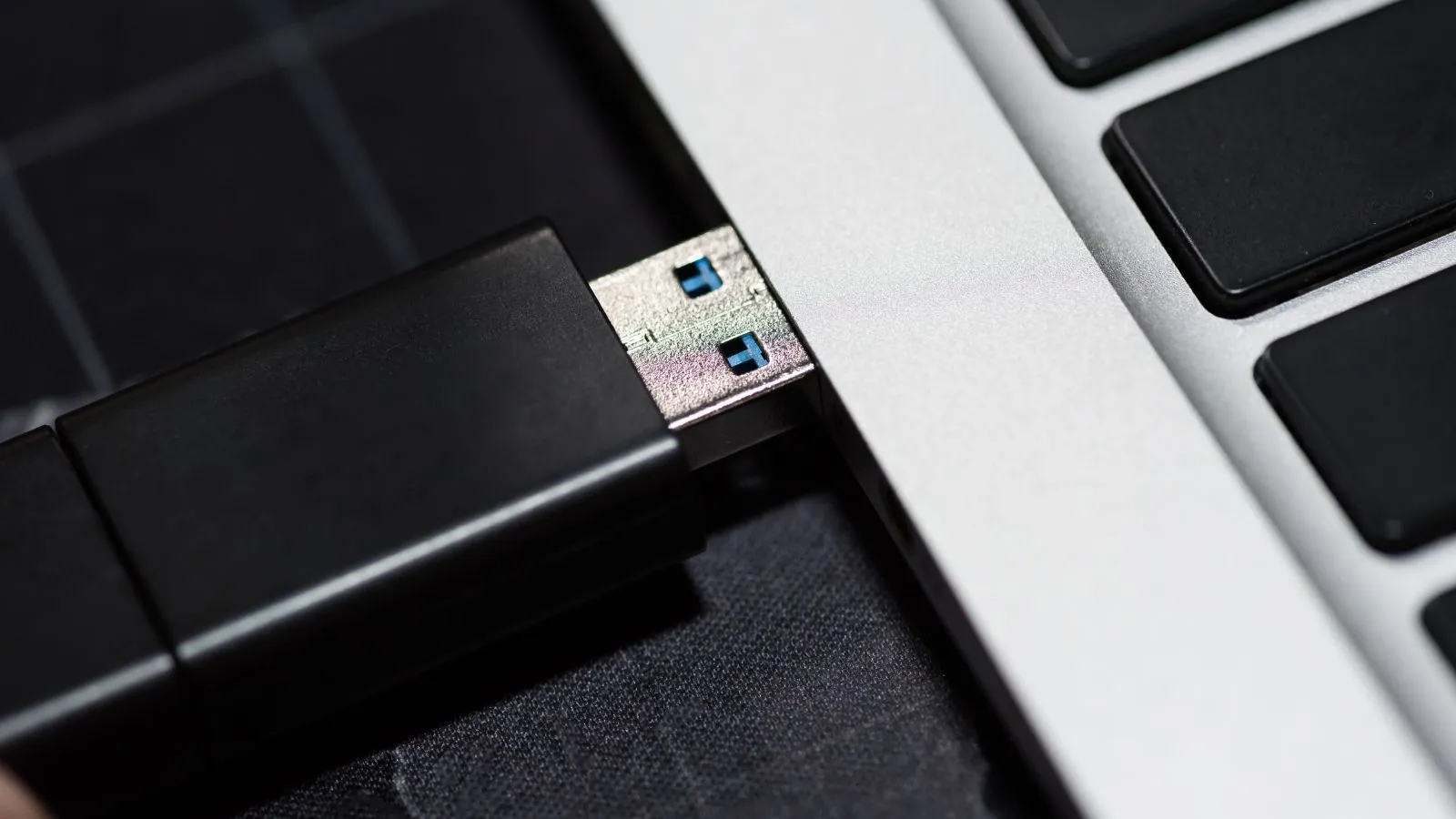
What Is a Hardware Wallet?
A hardware wallet is a specialized, physical device designed to securely store the private keys that grant you access to your cryptocurrencies. Unlike software wallets that exist on your computer or mobile device, hardware wallets are dedicated pieces of hardware built specifically for one primary function: safeguarding your digital assets.
Design and Functionality
Hardware wallets normally look like small USB devices, but do not let their simple and unnoticeable nature misrepresent their huge role in cryptocurrency security. Being minimalistic —- made to perform only the most basic functions, they reduce vulnerabilities to near zero. The logic here is pretty simple: the simpler a device, the less surface area there is for potential attacks.
Technically, they are known as “cold storage” devices—something that’s offline and not hooked to the internet, thus bringing down the risks of hacking to near zero. When one has to send some coins, it connects to a computer or mobile device, signs the transaction with your private key, and disconnects again—pretty safe.
Security Features
One of the standout features of hardware wallets is their “dumb” design, which means they are intentionally limited in functionality. They do not have complex operating systems, do not run third-party applications, and do not connect to the internet independently. This lack of complexity makes it extraordinarily difficult for hackers to compromise the device.
Even if your computer is infected with malware, your private keys remain secure because the hardware wallet only interacts with the transaction data, not with the computer itself. This isolation ensures that your private keys are never exposed, providing a strong defense against many cyber threats.

How Do Hardware Wallets Work?
Using a hardware wallet is a secure and streamlined process that ensures your private keys remain safe, even when interacting with potentially compromised or public computers. Here’s a detailed breakdown of how a hardware wallet operates and the steps involved in using it effectively.
1. Connecting Your Hardware Wallet
To begin using a hardware wallet, the first step is to physically connect the device to your computer or mobile device. This is typically done via a USB cable, though some hardware wallets may offer Bluetooth connectivity for mobile devices. Once connected, your hardware wallet will act as an isolated vault, safeguarding your private keys.
2. Installing the Bridge Software
After connecting your hardware wallet, you need to install a specific software known as a “bridge” or companion app on your computer or mobile device. This bridge software serves as the intermediary between your hardware wallet and the blockchain network. It’s responsible for preparing your cryptocurrency transactions and communicating them to your hardware wallet for signing.
This bridge software can usually be downloaded from the manufacturer’s official website. It’s essential to ensure that you’re downloading the software from a legitimate source to avoid potential phishing attacks. The bridge software allows you to view your balances, generate receiving addresses, and initiate transactions, but it does not have access to your private keys.
3. Preparing and Signing Transactions
When you want to send cryptocurrency, the process begins in the bridge software. You’ll input the details of the transaction, such as the recipient’s address and the amount of cryptocurrency you wish to send. The bridge software then prepares this transaction data and sends it to your hardware wallet for signing.
Here’s where the unique security of a hardware wallet comes into play. The hardware wallet receives the unsigned transaction and uses the private keys stored within the device to generate a digital signature.
This signature is required because it verifies that you are the legitimate owner of the cryptocurrency being transferred. Yet, at no point does the private key itself leave the hardware wallet.
4. The Isolation of Private Keys
One of the most critical security features of a hardware wallet is the complete isolation of your private keys. Since the private keys never leave the device, they are never exposed to your computer, the internet, or any other external environment where they could potentially be compromised.
This isolation is what makes hardware wallets so secure, even when used with devices that might be infected with malware or accessed by unauthorized individuals.
5. Verifying Transactions on the Hardware Wallet
Before the hardware wallet signs the transaction, you must verify the transaction details on the hardware wallet’s screen. This is a crucial step in the process.
The hardware wallet will display the key details of the transaction, such as the recipient address and the amount being sent, allowing you to double-check that everything matches what you entered in the bridge software.
This manual verification is a required process because it prevents man-in-the-middle attacks, where an attacker might try to alter the transaction details before they are signed.
By confirming that the details on the hardware wallet’s screen match those on your computer, you confirm that the transaction is legitimate and has not been tampered with.

6. Broadcasting the Transaction
Once you have verified the transaction and performed the transaction approval on your hardware wallet, using the corresponding private key to sign it, it will be sent back to the bridge software with its signature. Afterward, the bridge software will broadcast the signed transaction on the blockchain network for processing.
Because the private key never leaves the hardware wallet, even if your computer is compromised, your cryptocurrency is safe. The only data that is ever exposed to the outside world is the signed transaction, which is useless to an attacker without the corresponding private key.
7. Using Your Hardware Wallet Safely on Any Computer
One significant advantage of a hardware wallet is that you can safely connect it to any computer, even if it’s infected with a virus. Even if you are using your own laptop, a computer in a public library, or even your friend’s device, your private keys are protected because they are never actually shared with the computer.
The only thing that you have to check is whether the transaction details you see on the hardware wallet display are the same as the ones you inputted in the bridge software.
This security level also helps you feel confident that your digital resources are shielded even when you work with suspicious or infected devices. However, to reduce such risks even further, it is advised that you always use your hardware wallet with a verified computer.
Leading Hardware Wallets on the Market
When it comes to securing your cryptocurrencies, hardware wallets are widely regarded as one of the safest options available. These devices provide a secure way to store your private keys offline, protecting your digital assets from online threats like hacking and malware.
While there are over a dozen companies offering hardware wallets today, three companies have emerged as the market leaders: Ledger, TREZOR, and KeepKey. Each of these companies offers different models, catering to various user needs and preferences.
1. Ledger
Ledger is one of the most prominent names in the hardware wallet industry. Founded in 2014, the French company quickly gained a reputation for producing high-quality, secure devices. Ledger wallets are known for their sleek design, advanced security features, and user-friendly interface.
- Popular Models:
- Ledger Nano S: The Ledger Nano S is one of the most popular hardware wallets globally. It supports over 1,500 cryptocurrencies, making it a versatile choice for both beginners and experienced users. The device features a compact design with a small screen for verifying transactions and two buttons for navigation. Although it has limited storage capacity, requiring users to install and uninstall apps for different coins, it remains a reliable and affordable option.
- Ledger Nano X: The Ledger Nano X is an upgraded version of the Nano S, offering more storage capacity and Bluetooth connectivity, allowing users to manage their assets on-the-go via a mobile app. The Nano X can store up to 100 different apps simultaneously, making it ideal for users with diverse cryptocurrency portfolios. The device also features a larger screen and improved battery life.
- Security Features:
- Ledger devices use a custom operating system called BOLOS (Blockchain Open Ledger Operating System) that isolates applications on the device. Additionally, Ledger wallets include a Secure Element chip, which is similar to the technology used in passports and credit cards, providing an extra layer of protection against physical attacks.
- Ease of Use:
- Ledger wallets are compatible with the Ledger Live app, which is available for both desktop and mobile devices. This app allows users to manage their crypto assets, view real-time balances, and perform transactions with ease.
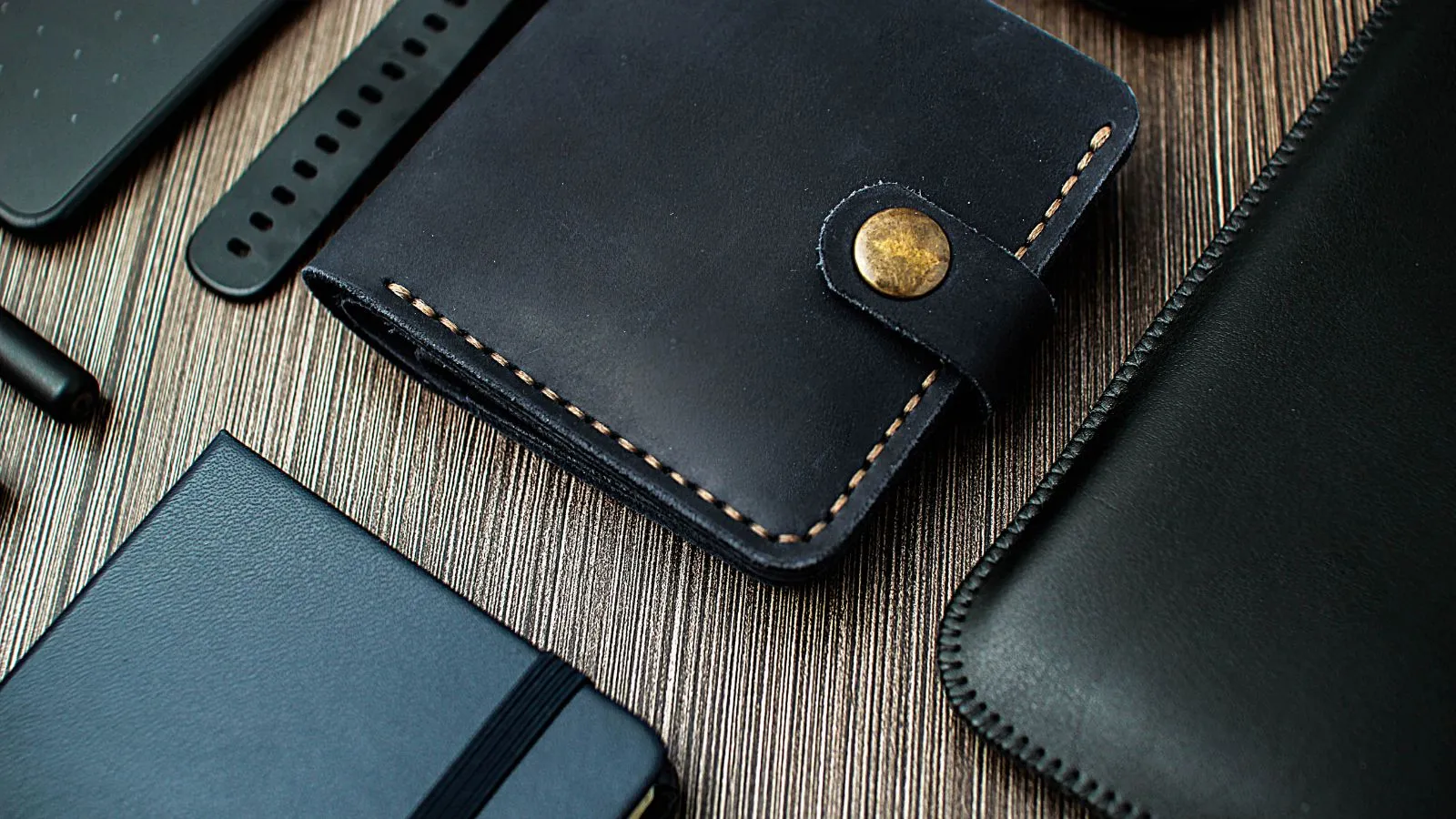
2. TREZOR
TREZOR, developed by SatoshiLabs in the Czech Republic, is another leading name in the hardware wallet space. Launched in 2014, TREZOR was the world’s first hardware wallet and has since maintained a strong reputation for security and innovation.
- Popular Models:
- TREZOR One: The TREZOR One is the original hardware wallet that started it all. It supports over 1,000 cryptocurrencies and features a simple, minimalist design with a small screen and two buttons. The TREZOR One is known for its robust security and ease of use, making it a popular choice among crypto enthusiasts.
- TREZOR Model T: The TREZOR Model T is the premium offering from TREZOR, featuring a larger color touchscreen, which simplifies the process of verifying and approving transactions. It supports more cryptocurrencies than the TREZOR One and offers additional features like Shamir Backup, which allows users to split their seed phrase into multiple shares for enhanced security.
- Security Features:
- TREZOR wallets use a secure bootloader and firmware that is signed by SatoshiLabs, ensuring the device runs only authentic software. The wallets also feature a PIN code and passphrase protection, adding multiple layers of security to safeguard against unauthorized access.
- User Experience:
- TREZOR wallets are managed through the TREZOR Suite, a user-friendly desktop application that allows users to manage their cryptocurrencies, track transactions, and access advanced features like coin control and Tor support for added privacy.
3. KeepKey
KeepKey is a relative newcomer compared to Ledger and TREZOR, but it has quickly gained popularity due to its focus on design and simplicity. Acquired by the cryptocurrency exchange ShapeShift in 2017, KeepKey integrates seamlessly with ShapeShift’s platform, allowing users to trade directly from their hardware wallet.
- Features:
- KeepKey supports over 40 cryptocurrencies, which is fewer than Ledger and TREZOR, but it covers the most popular coins like Bitcoin, Ethereum, and Litecoin. The device features a large OLED screen, making it easy to verify and approve transactions. KeepKey also has a more substantial build compared to other hardware wallets, giving it a premium feel.
- Security:
- Like Ledger and TREZOR, KeepKey keeps private keys offline and requires a PIN code for access. It also supports passphrase protection for an additional security layer. One of KeepKey’s standout features is its integration with ShapeShift, allowing for seamless and secure exchanges between cryptocurrencies without the need to move assets to an exchange.
- Design and Usability:
- KeepKey’s large screen and intuitive interface make it one of the most user-friendly hardware wallets on the market. The device is managed through the KeepKey Client, a simple application available for desktop users. Its integration with ShapeShift also adds to its convenience, allowing users to trade assets directly from the wallet.
Factors to Consider When Choosing a Hardware Wallet
When selecting a hardware wallet, it’s essential to consider several factors:
- Supported Cryptocurrencies: If you hold a diverse portfolio of cryptocurrencies, ensure that the hardware wallet you choose supports all the coins you own. Ledger devices, for example, support a broader range of coins than KeepKey.
- Security Features: Look for features like PIN protection, passphrase support, and Secure Element chips that enhance the security of your device. TREZOR’s Shamir Backup is a unique feature that provides additional peace of mind for users who want extra protection for their seed phrases.
- User Experience: Consider how easy it is to use the wallet. If you plan to manage your assets on the go, a device like the Ledger Nano X, with its mobile compatibility, might be the best choice. If you prefer a larger screen for easier transaction verification, KeepKey could be a good option.
- Price: Hardware wallets vary in price, with basic models like the Ledger Nano S being more affordable, while premium models like the TREZOR Model T and Ledger Nano X offer advanced features at a higher cost.

Setting Up Your Hardware Wallet
Setting up a hardware wallet is a pretty straightforward process and is necessary for securing your digital assets after you buy cryptocurrency. Follow these steps to ensure your assets are safe:
Common Risks and How to Avoid Them
Despite being among the most secure methods of storing coins, hardware wallets are not entirely safe. Here are some common ones and how to avoid them:
1. Tampered Devices
If you have bought a hardware wallet, ensure that the holographic sticker which will show that the wallet has never been opened is well sealed when you receive it. If it is not, do not use the wallet.
It is always advisable to purchase the products directly from the manufacturer or an accredited dealer to avoid the risk of receiving counterfeit products.
2. Preconfigured Seed Phrases
Your seed phrase must be generated by your wallet at the time of creation and should be randomized. Do not enter one of the preconfigured seed phrases that came with the device as they may have been tampered with.
3. Theft or Unauthorized Access
While most of the hardware wallets, your coins are protected by a PIN so if a thief gets your device, he won’t be able to spend your coins immediately. In the event of theft of your device, you can immediately recover your Bitcoins using the seed phrase and transfer them to a new wallet.
4. Physical Threats
In case of physical threat, which is usually called the “$5 wrench attack,” some wallets like TREZOR have an extra layer of security known as a passphrase.
This enables the creation of a ‘throwaway’ account with a limited number of coins that one can produce in case of an audit while retaining the bulk of the coins in a secure location.
What If the Manufacturer Goes Out of Business?
Another issue that is often raised is what happens if the company that developed the hardware wallet stops operations. Fortunately, the seed phrase technology in most of the hardware wallets available today is compatible with many other wallets, and this means that you can regain your Bitcoins by using the seed phrase with another wallet.
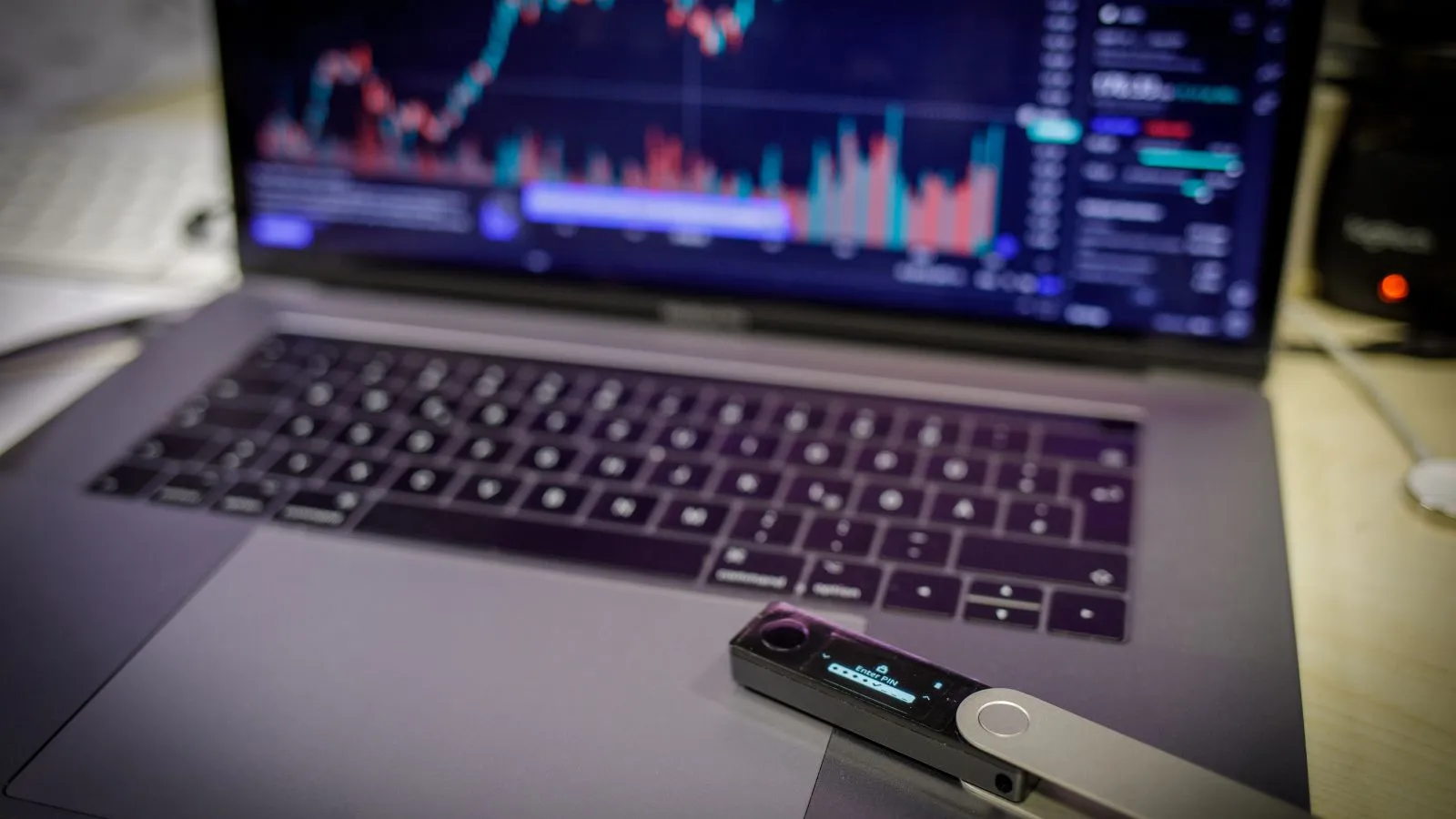
By now, you should have a clear picture of what a hardware wallet is; it is a small specialized device for storing private keys and signing transactions, which are performed offline to protect your Bitcoins. Whether you are an amateur or a professional trader, investing in a hardware wallet is the best decision you can make for the security of your cryptocurrencies.
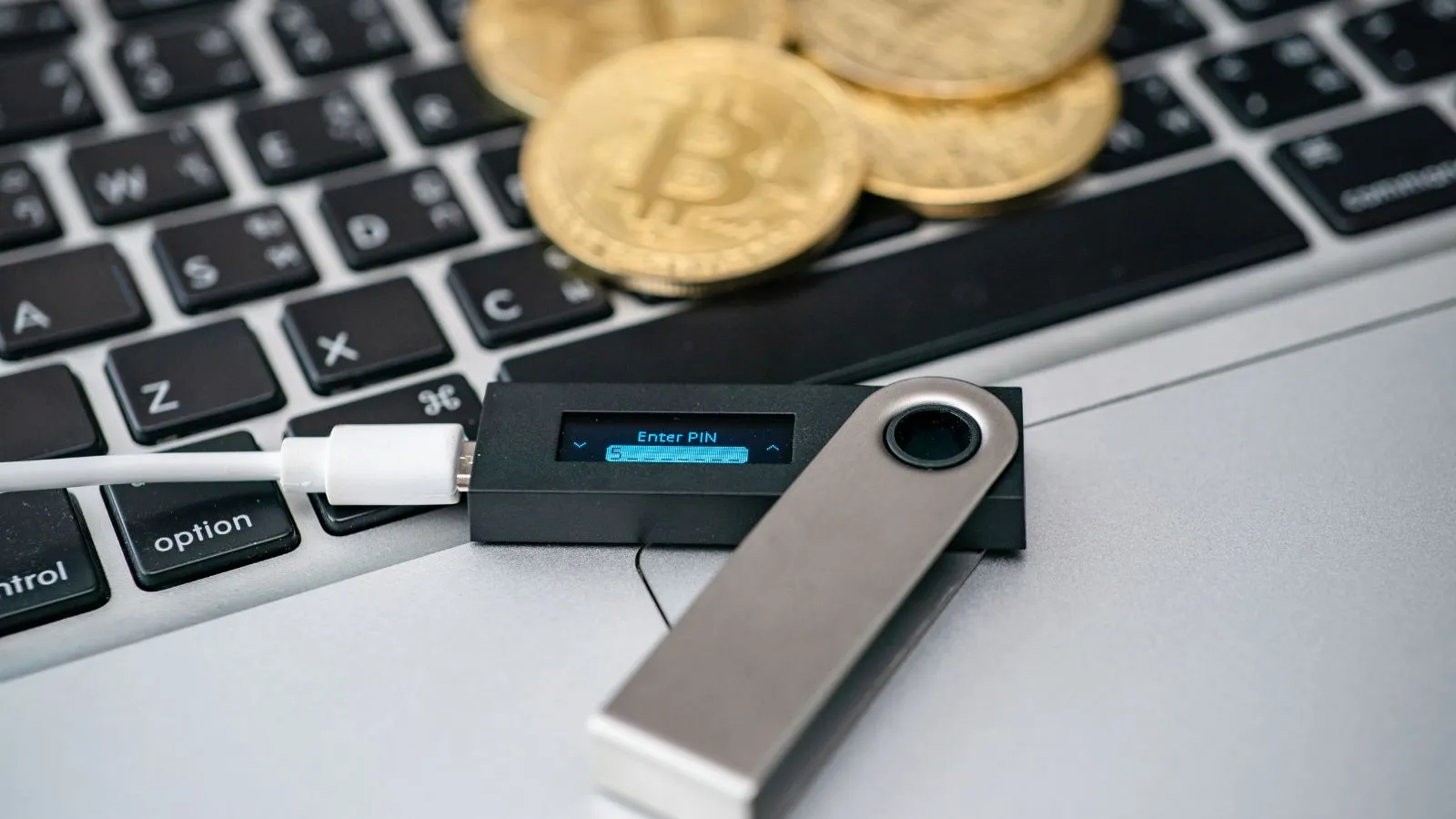
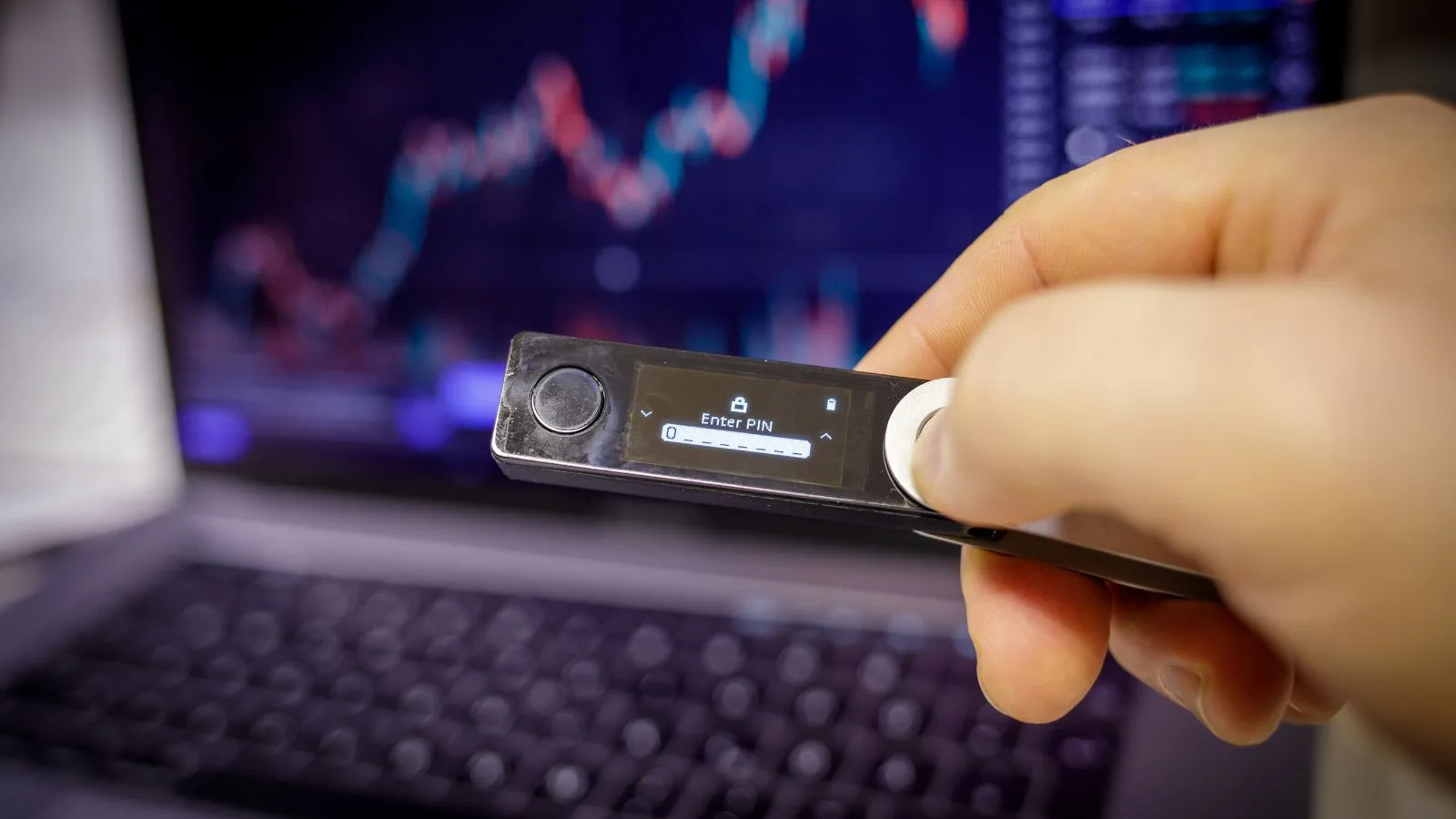



Recent Comments